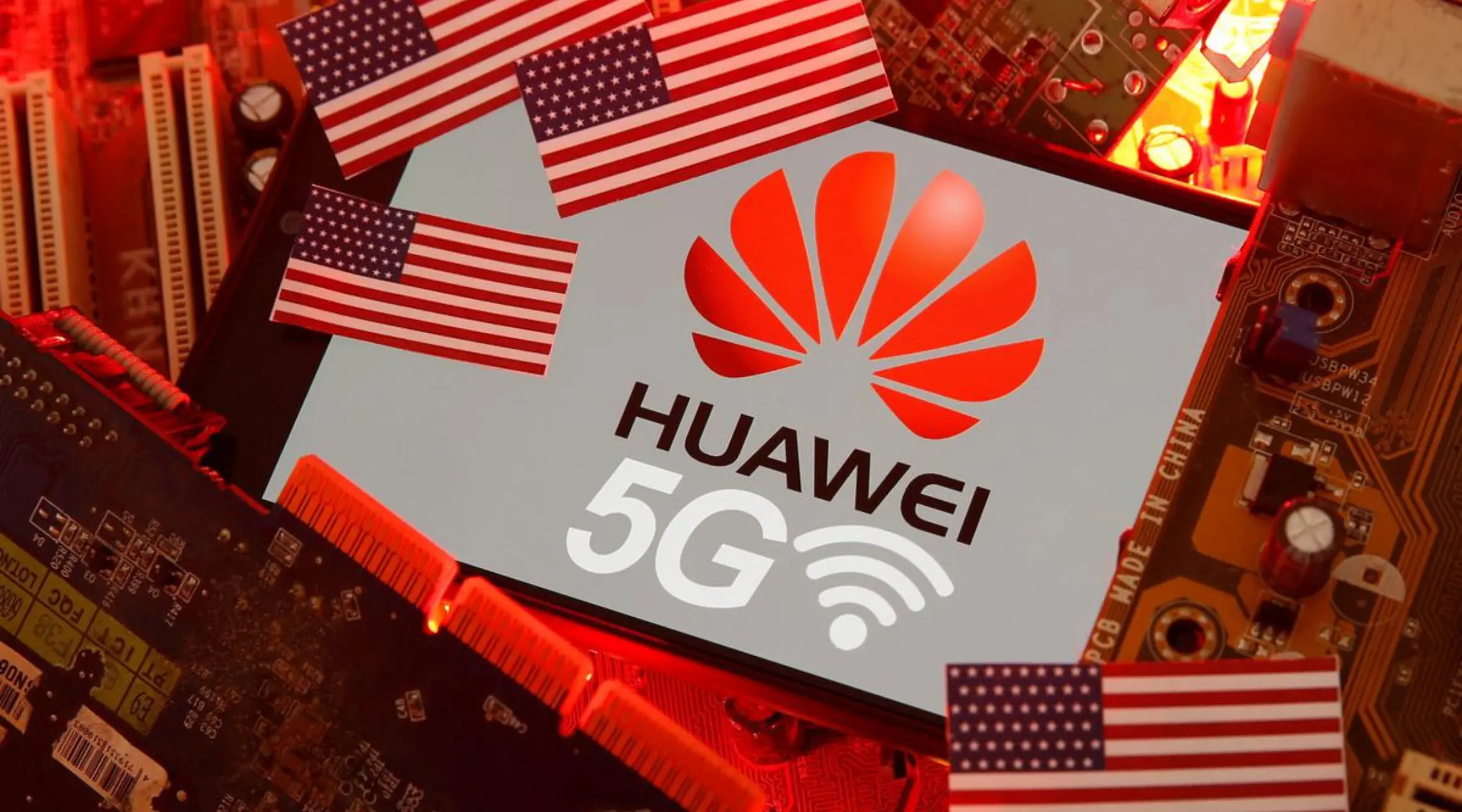USA (Transatlantic Today) – Huawei appears to be focusing on increasing its product line and delving into sectors that could challenge the US’s dominance in the global ICT market.
For more than five years, the corporation has been specifically targeted by US sanctions, making its sustained market success a story of economic and geopolitical significance
Intensified Sanctions and Survival Strategy
US sanctions against the Shenzhen-based conglomerate were stepped up in 2018 when it was added to the Department of Commerce Entity List. Given its reliance on Western technology, the US predicted Huawei’s demise. Despite revenue losses and a technical crunch, CEO Ren Zhengfei stated in an internal meeting that “Huawei is fighting for its life…we have a future if we survive.”
Supply Chain Independence and Technological Self-Sufficiency
Despite tightened export controls, Huawei has pursued supply chain independence and technological self-sufficiency. The company has diversified its product portfolio and ventured into areas challenging U.S. dominance in the global ICT industry.
Investment in Emerging Technologies
According to Thediplomat, Huawei’s new strategy is mostly driven by its Hubble investment arm, which tries to acquire small equity shares in top suppliers focused on developing technologies that have the potential to increase Huawei’s in-house R&D and reduce its dependency on Western firms. Since its founding in 2021, Hubble has financed in around 107 technology startups.
Advancements in Silicon Carbide and Gallium-Nitride Chips
Hubble’s investments in SiC chips, an area unaffected by U.S. sanctions, have enabled Huawei to gain significant market share. These chips are crucial for supporting China’s drive to lead in electric vehicles and renewable energy. Huawei’s proactive strategy aims to preempt any future restrictions on these technologies.
Breakthroughs in Software with Harmony OS
Another technology in which Huawei is making progress is silicon carbide (SiC) semiconductors, which are unaffected by US restrictions. Hubble has invested in four key companies that produce materials for SiC devices. These firms now control approximately 32% of the SiC wafer market, which was previously dominated by the German business Infineon Technologies. This also helps China’s ambition to attain supply chain independence, as both SiC and gallium nitride chips are critical to China’s efforts to become a leader in electric vehicles and renewable energy grid supplies.
Innovative Cloud Technologies and Managerial Systems
Huawei’s focus on cloud technologies has led to the launch of the Meta ERP system, an in-house enterprise resource planning software. This heightened focus on cloud technologies is also reflected in its Developer Advocates Program, which aims to cultivate 3,000 developers while promoting ecosystems such as Kunpeng, Ascend, HarmonyOS, and Huawei Cloud
Challenges and Progress in Hardware Development
Despite challenges in hardware due to U.S. restrictions, Huawei’s new smartphone, Pura 70, features an advanced 7 nm (N+2) processor and in-house NAND Flash memory chip. Huawei has replaced thousands of foreign-made parts with Chinese ones, demonstrating significant progress in its de-Americanization drive.
Aggressive Strategy and Long-term Vision
Huawei’s policies align with the Chinese government’s technology policy, emphasizing the importance of data in the AI technology race. With partial success in cloud and mobile OS ventures, Huawei aims to eliminate U.S. tech leaders from the Chinese market. The company’s long-term vision is to offer a Chinese alternative to global ICT products and services, serving as a model for China’s indigenous innovation drive.


























